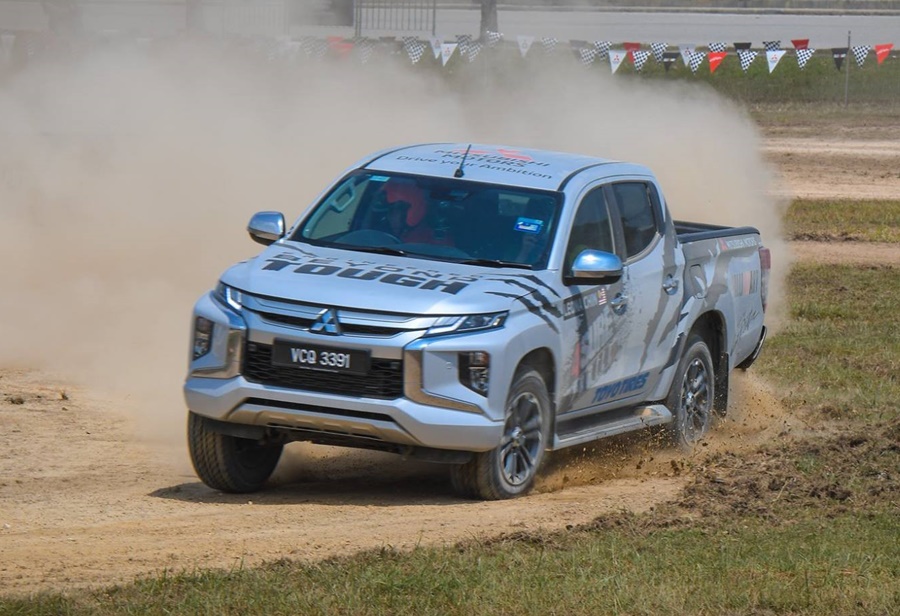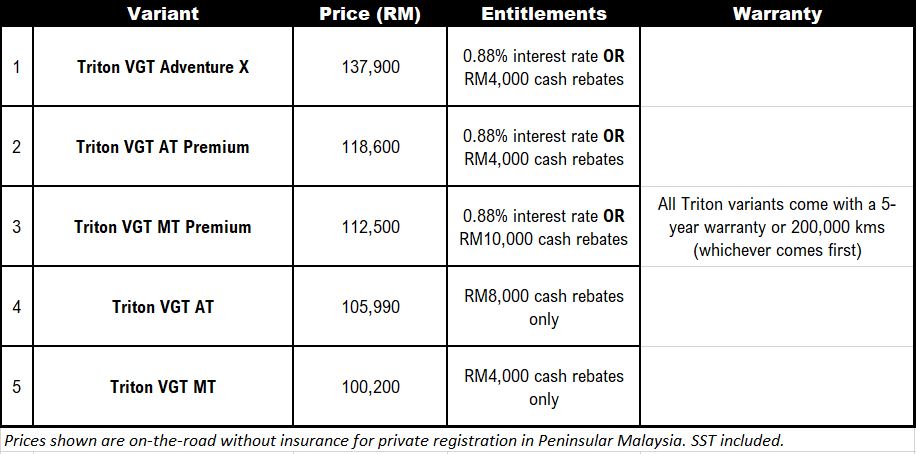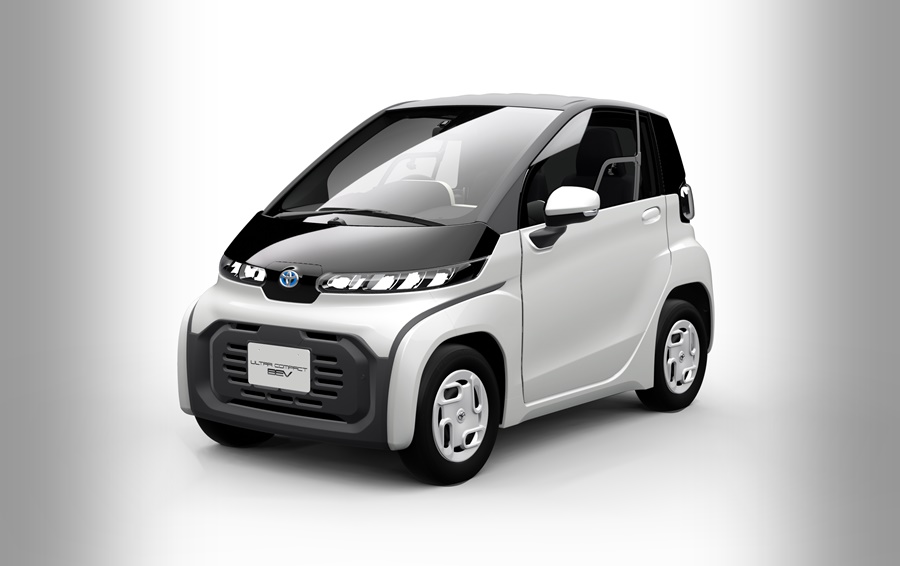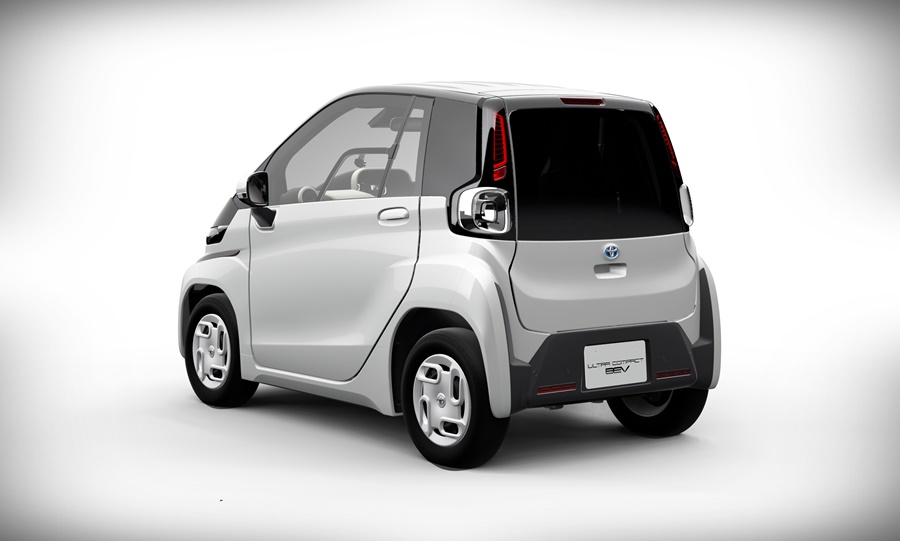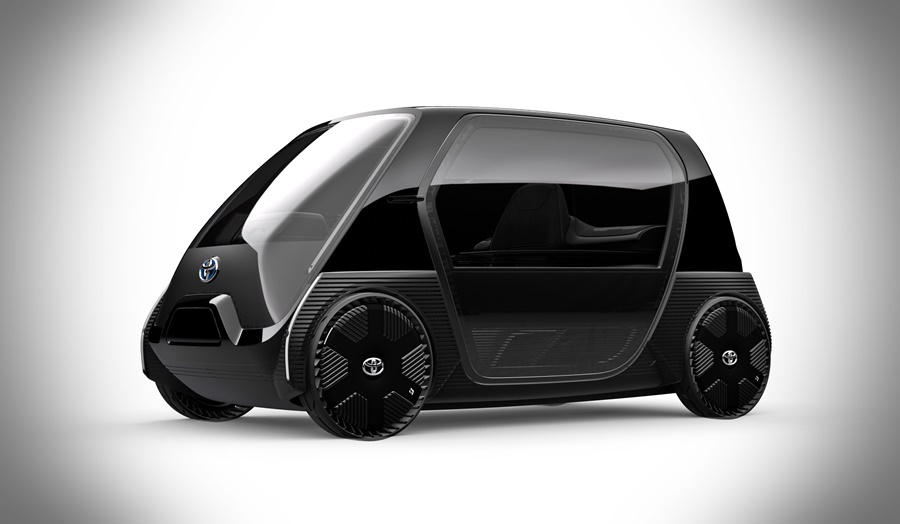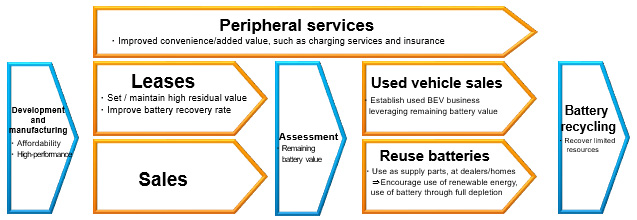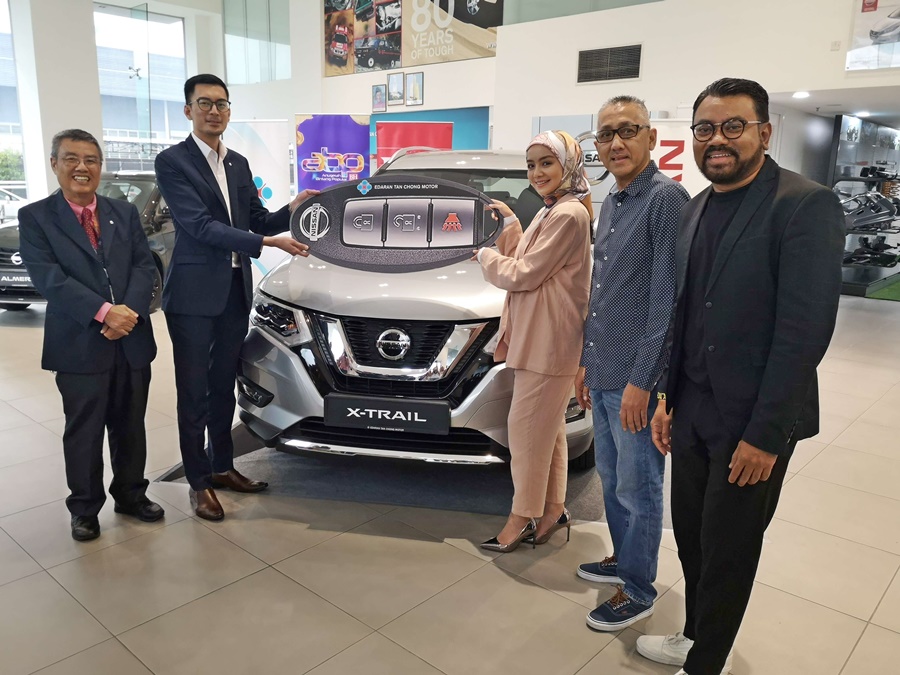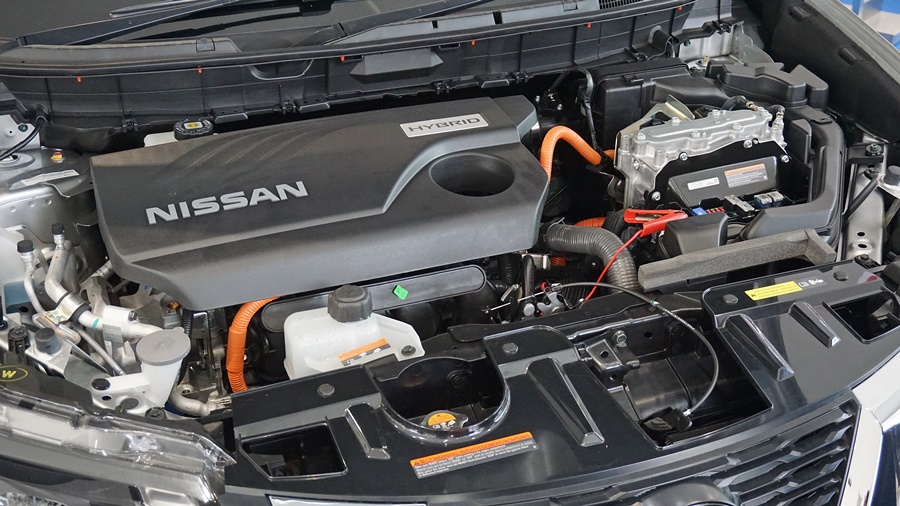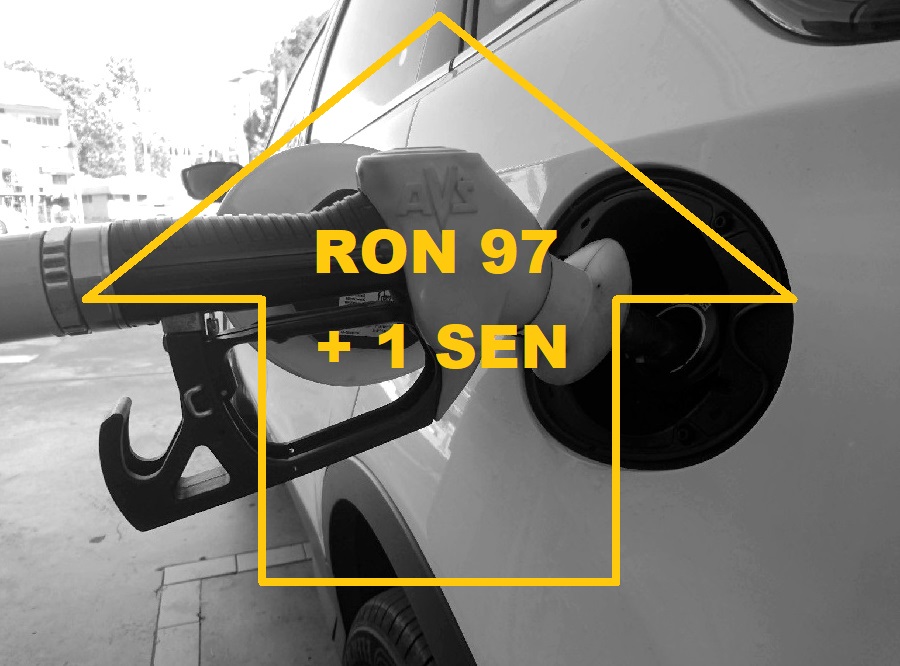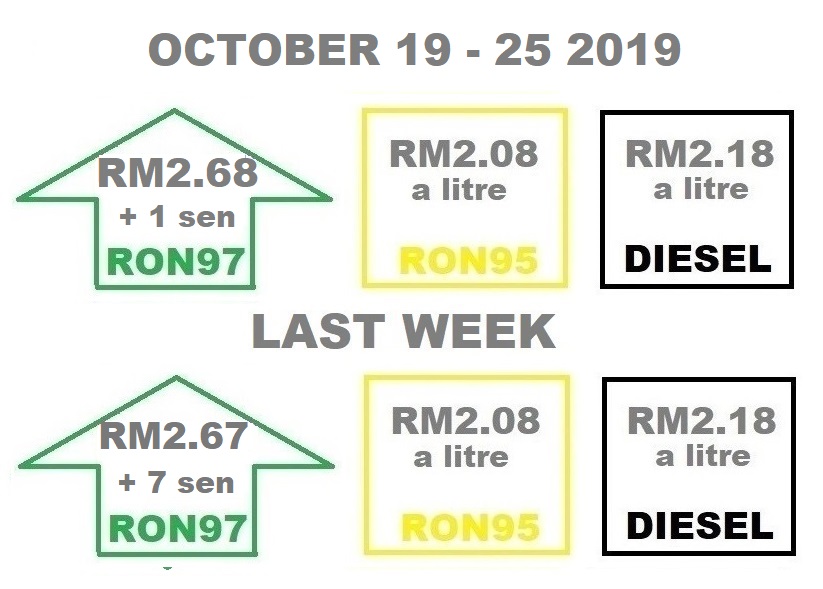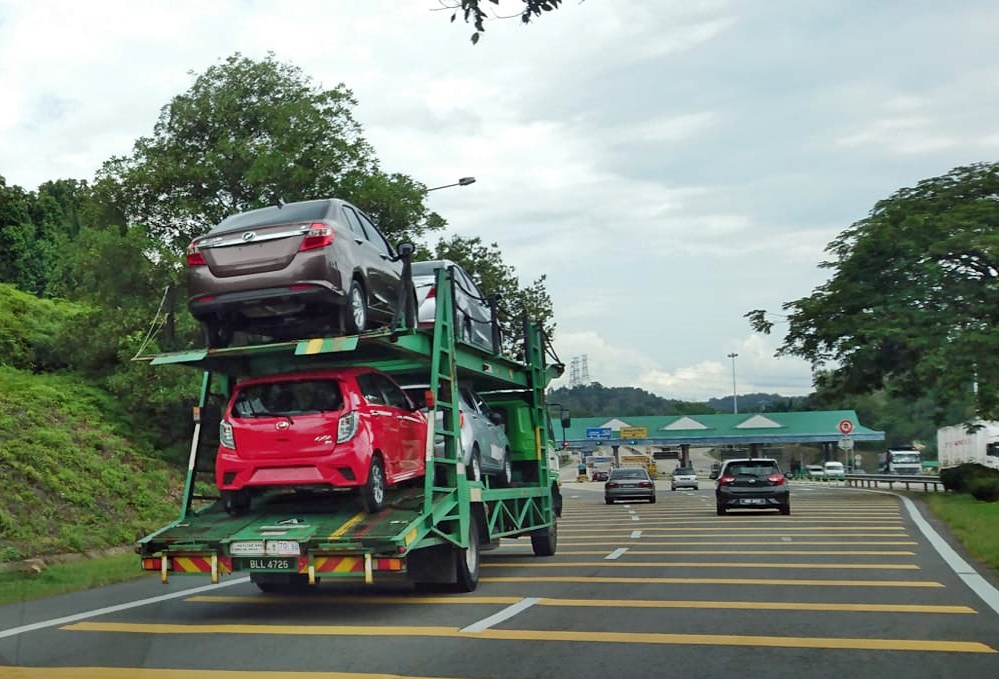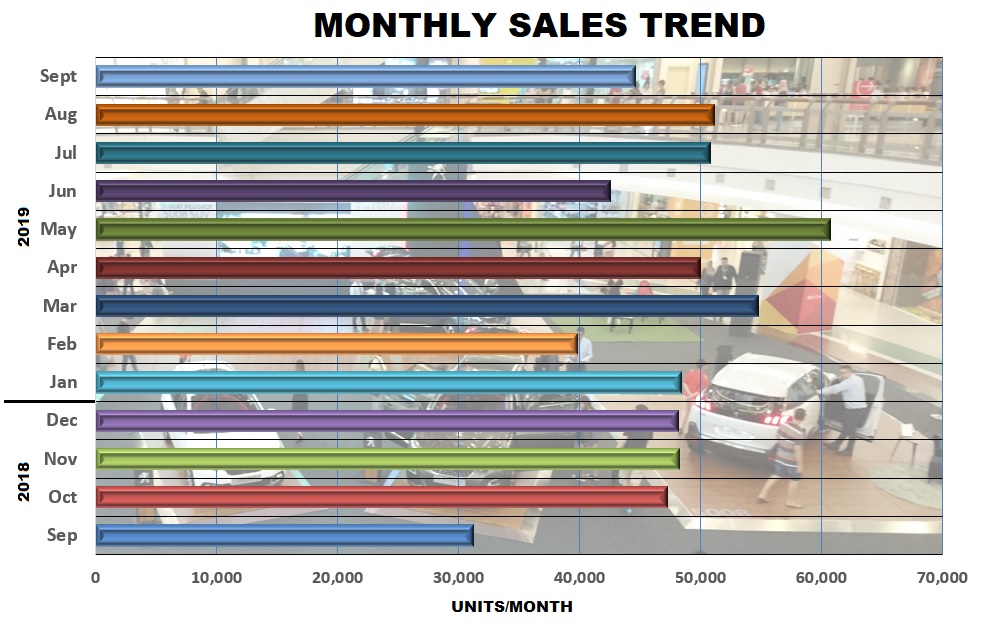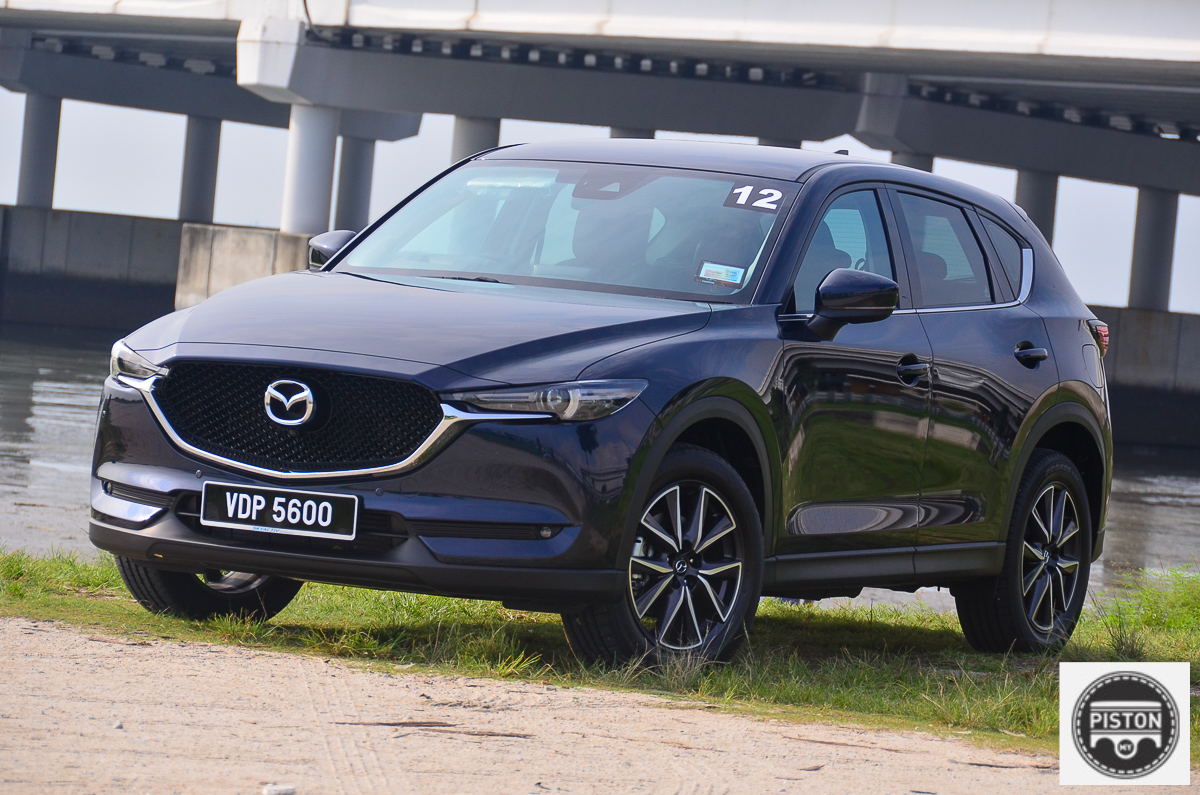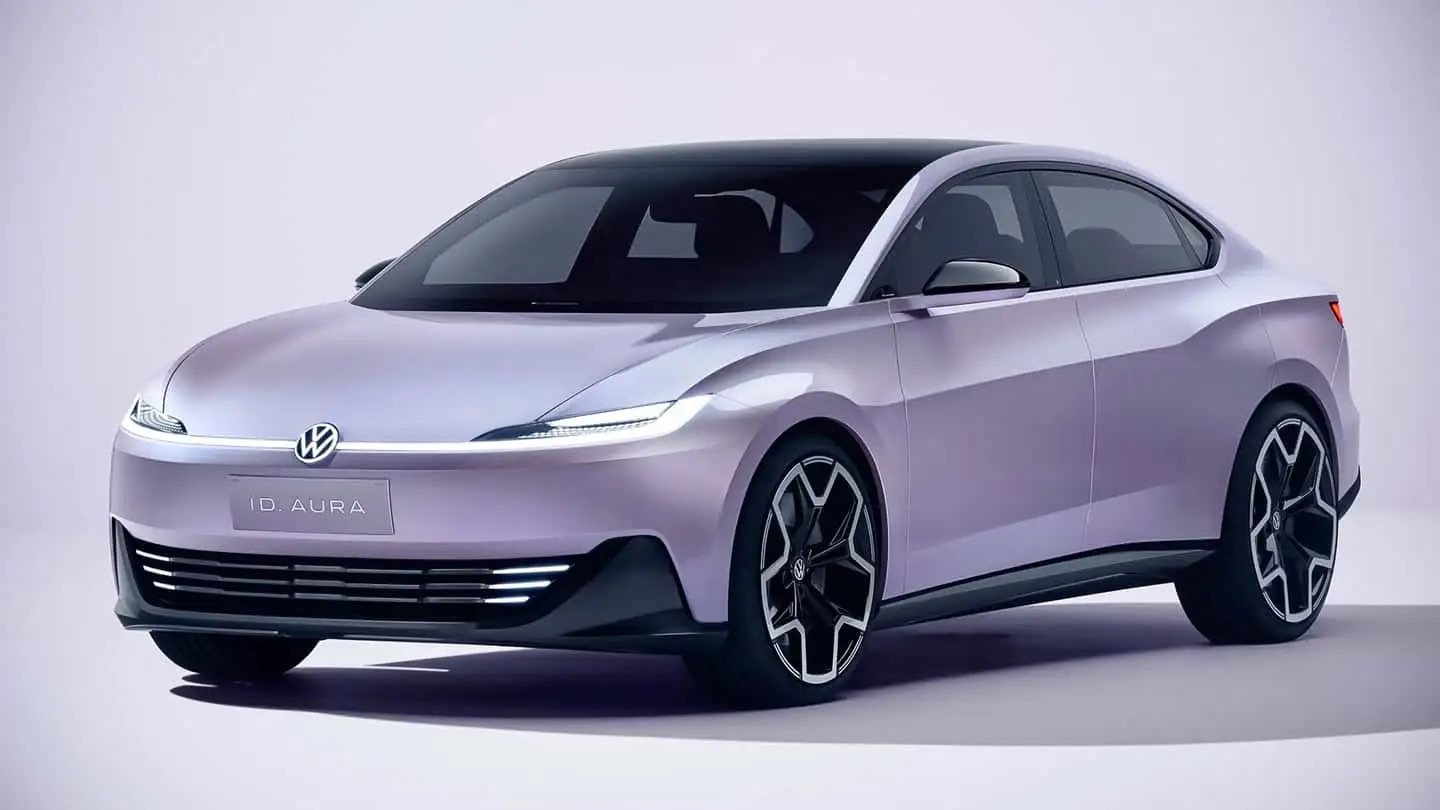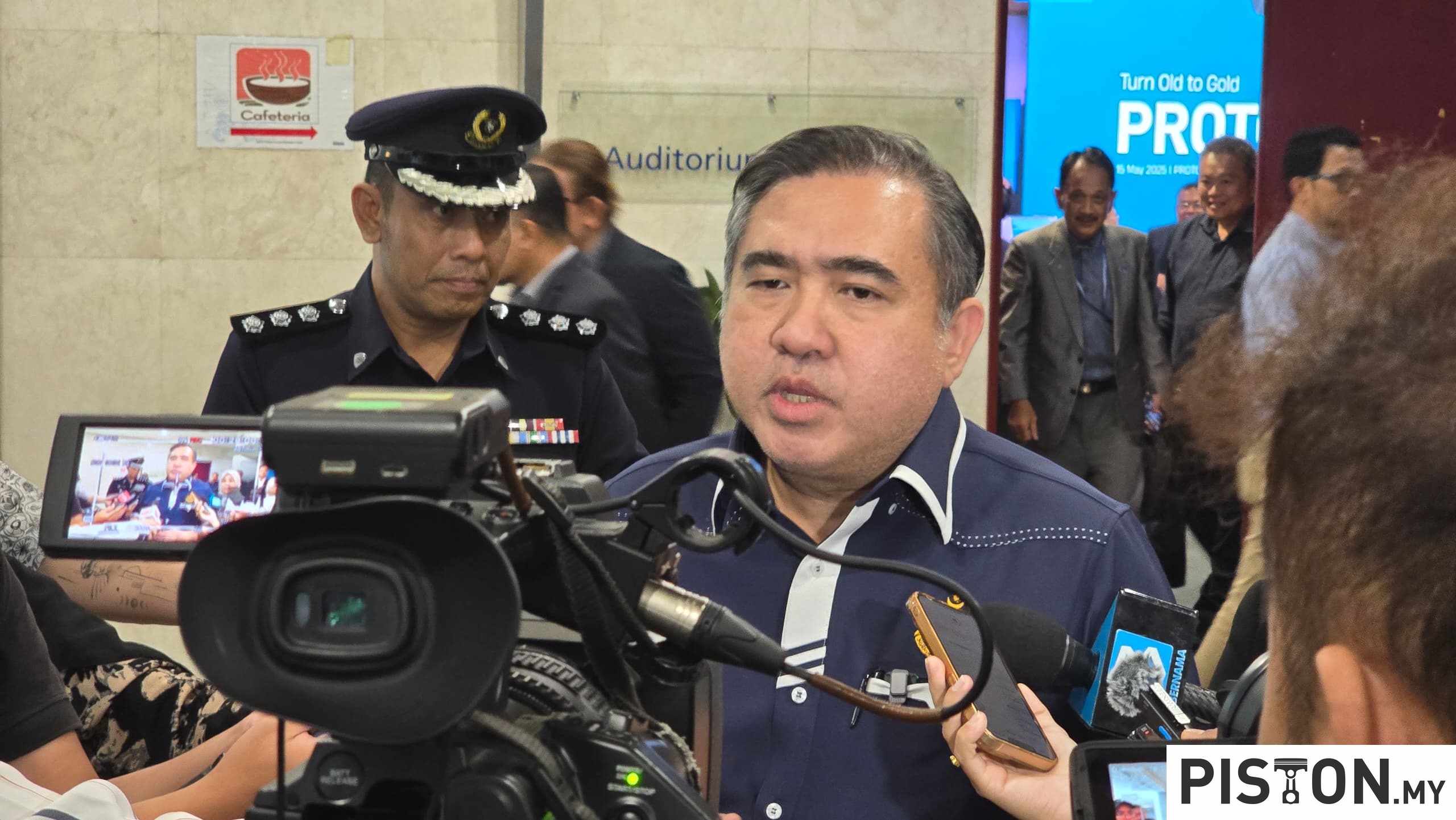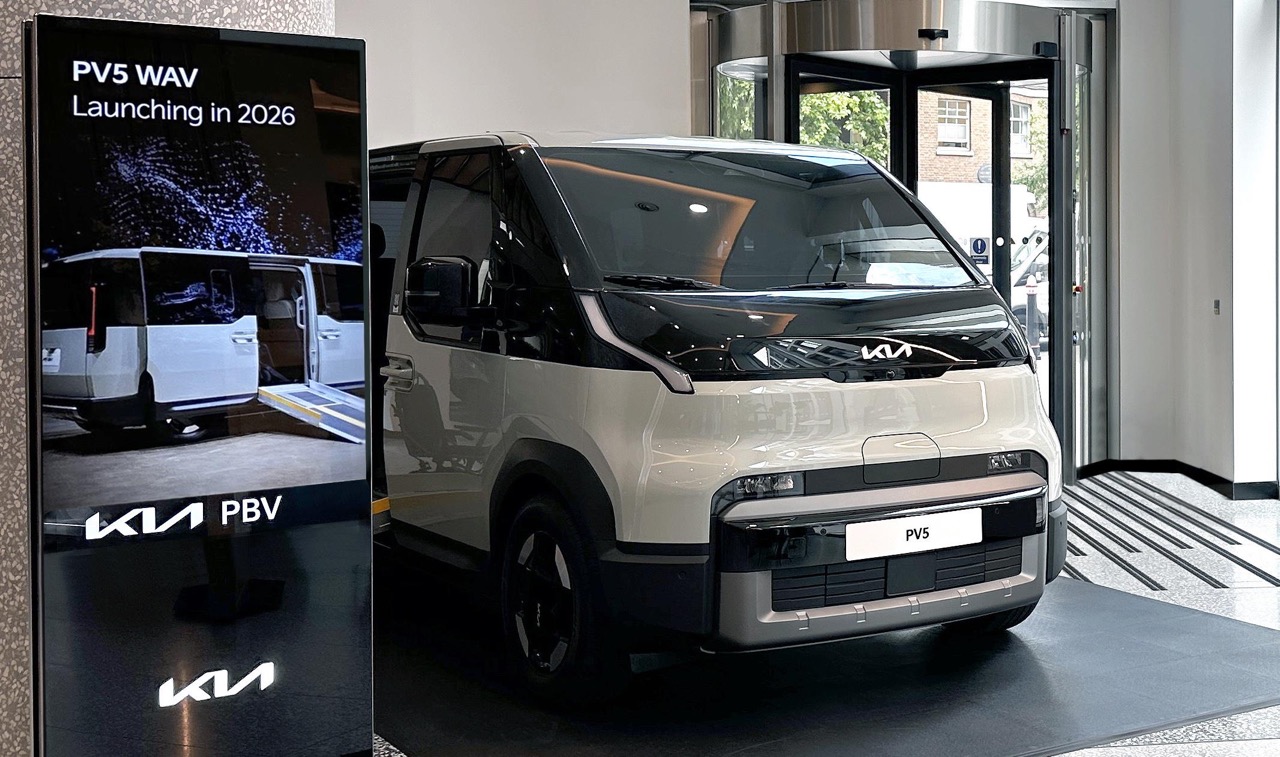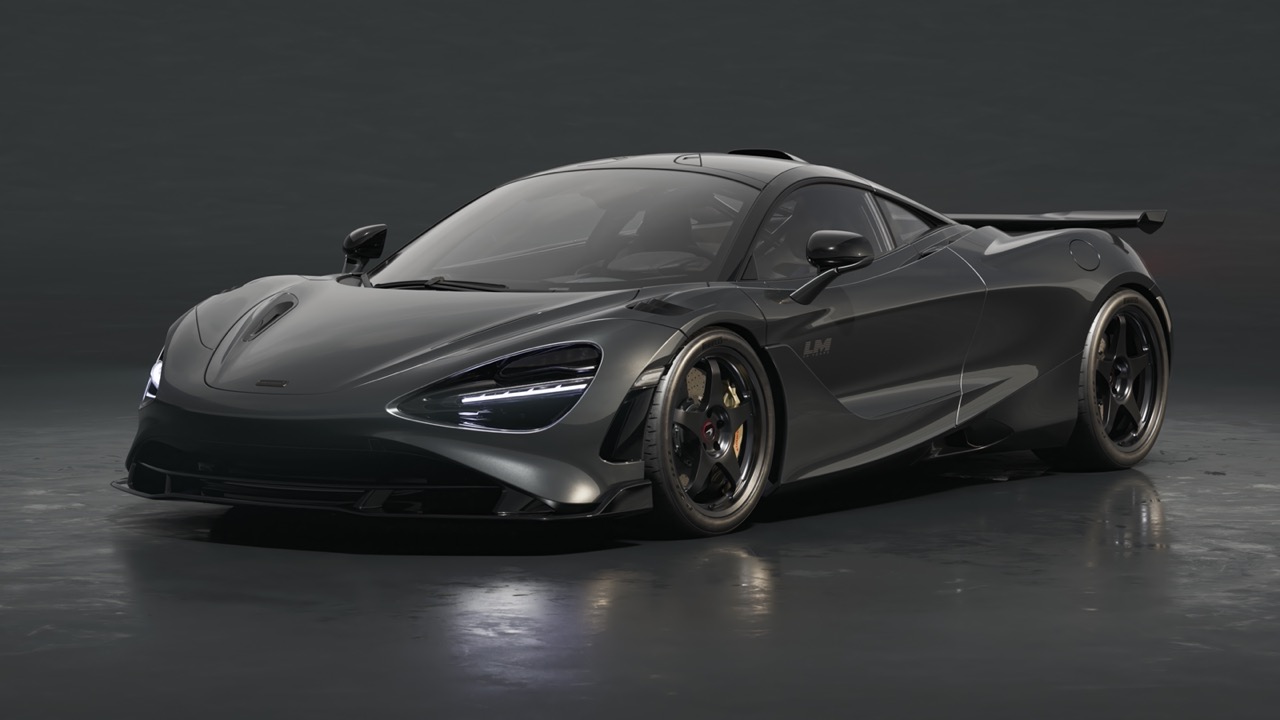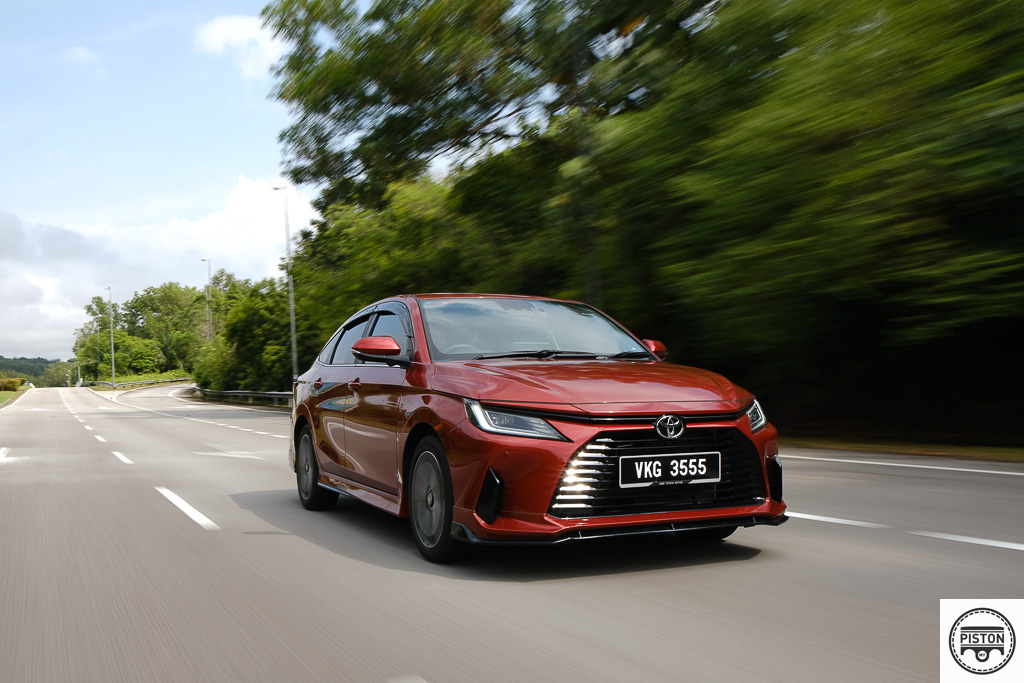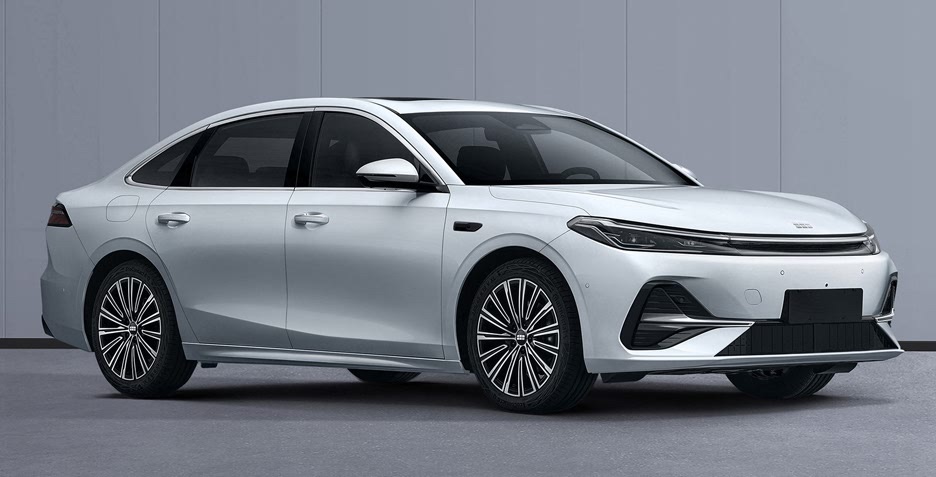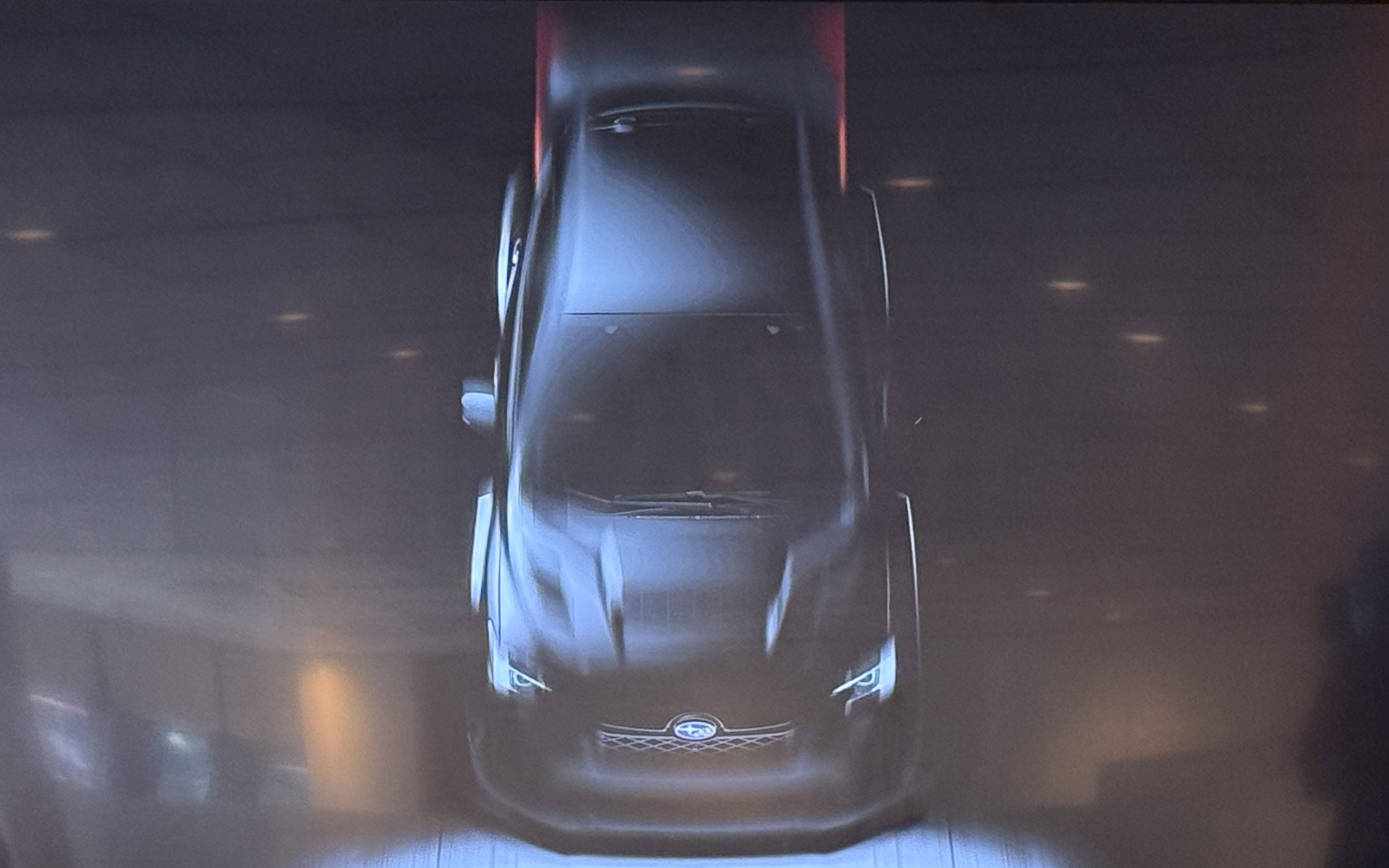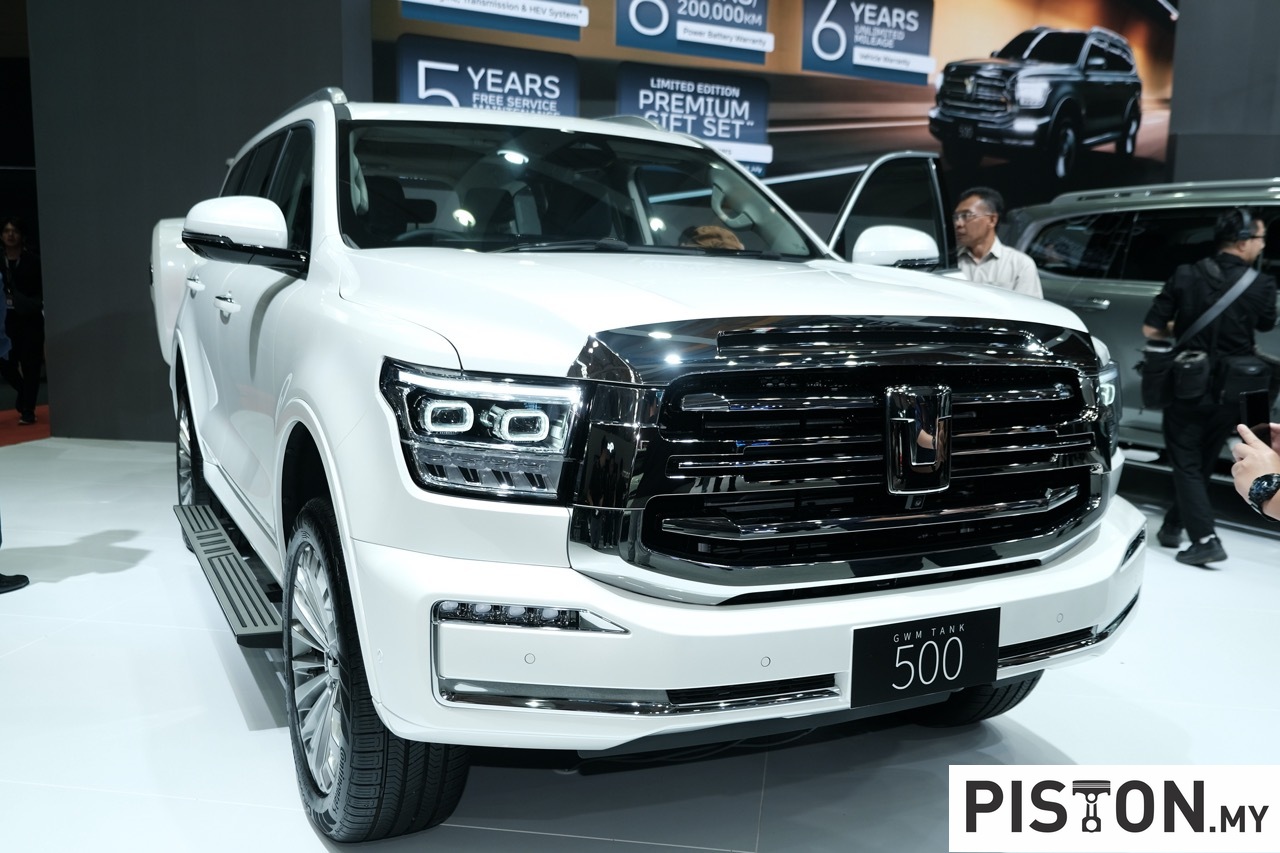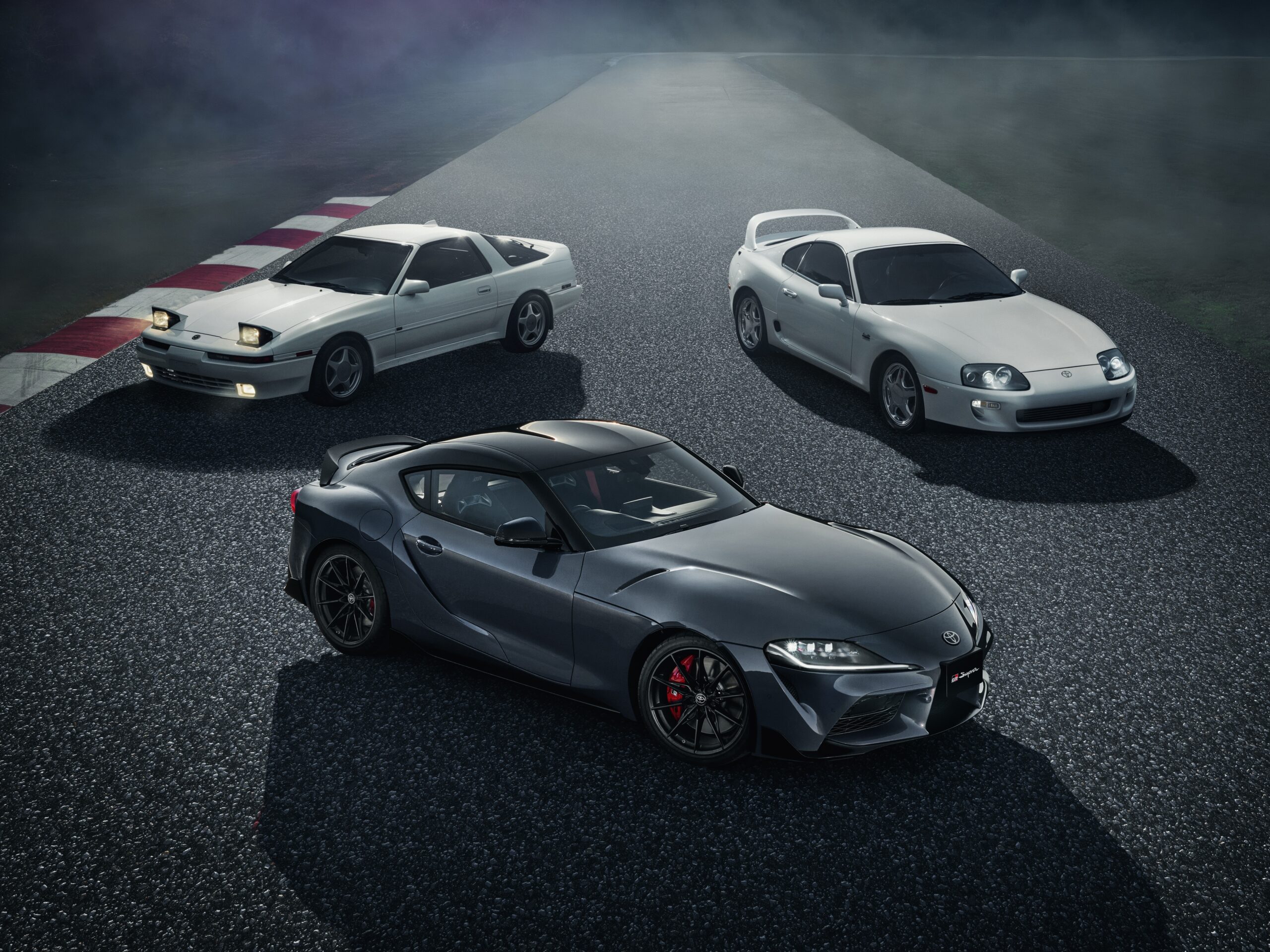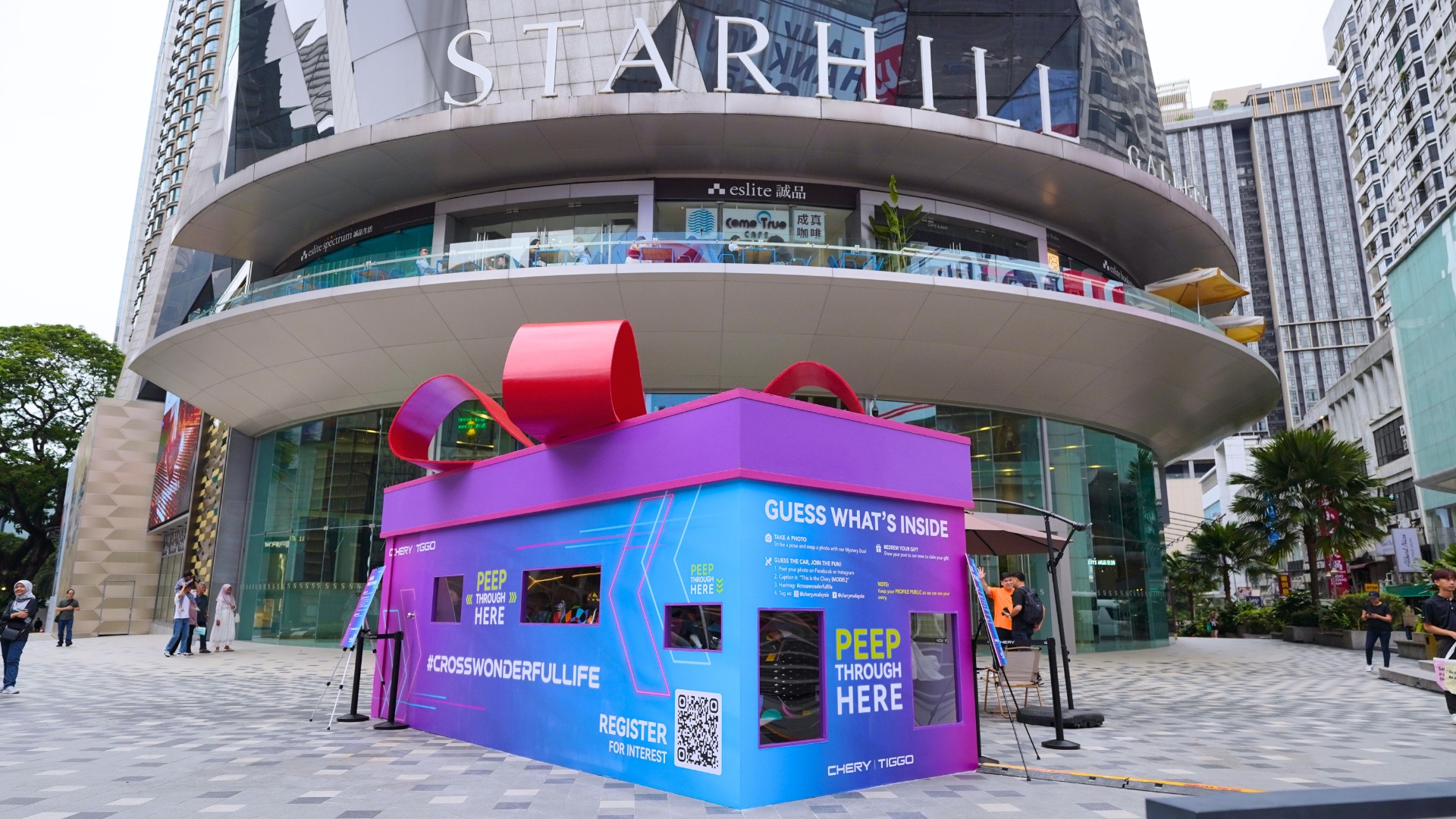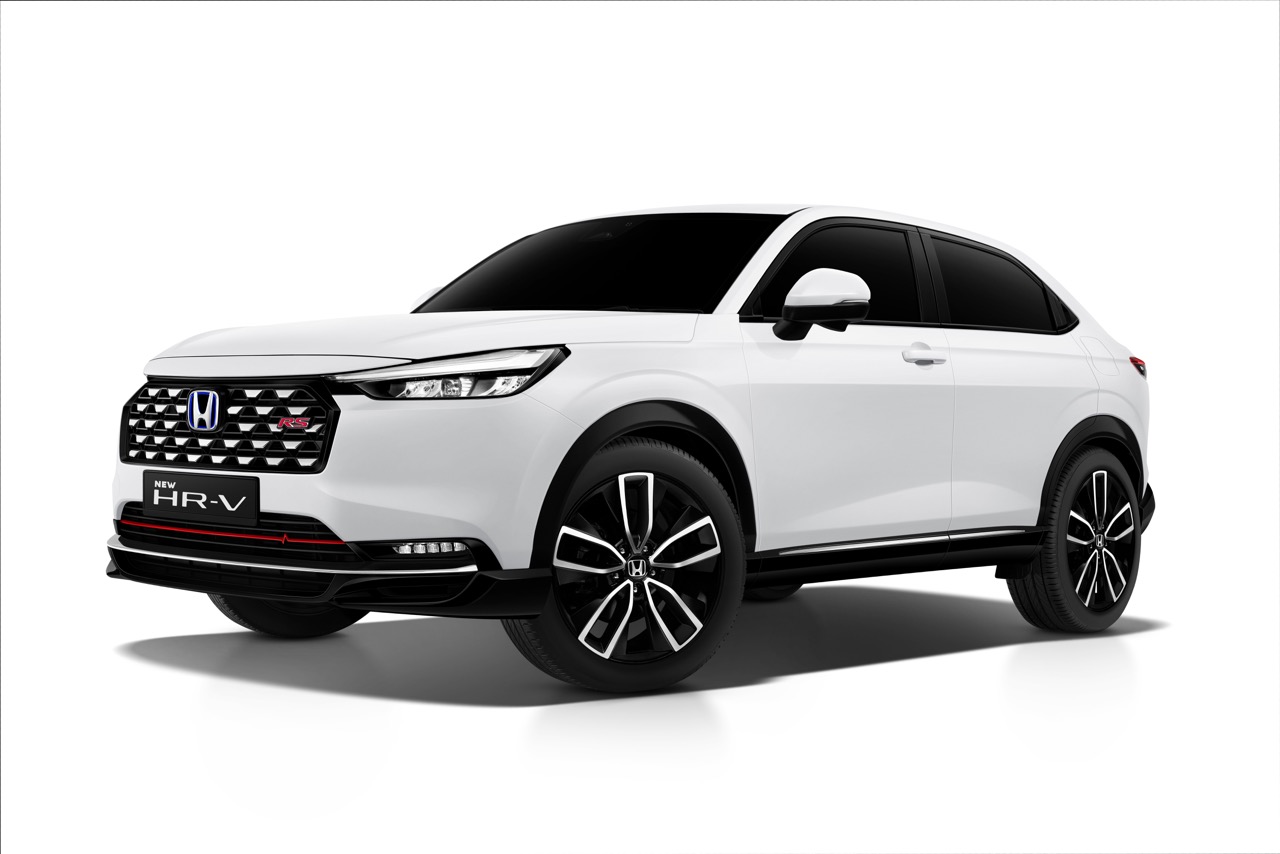From today until the end of 2019, special hire-purchase (H-P) loan interest rates as low as 0.88% per annum are available for those who want to buy a new Mitsubishi Triton. Alternatively, instead of the low interest rates, customers can opt for cash rebates of up to RM10,000 (depending on the variant).
This promotion is in conjunction with the upcoming year-end festivities and is available only for H-P loans taken from Maybank or Public Bank (terms and conditions apply). The chart below shows the special offers for the different variants.
Besides the offers for the Triton, there are also special offers for the Outlander SUV which is available with 2.0-litre or 2.4-litre petrol engines. Cash rebates of up to RM4,000 are offered plus 2-Years of Free Scheduled Maintenance and RM2,000, and 2-Years of Free Scheduled Maintenance, respectively.
For those who want something smaller, there’s the ASX. Though in the market for some time now, it is still good value for money with prices starting from RM118,866. 4WD and 2WD versions are available and if you buy one during the promotion period, you can get a cash rebate of up to RM12,000.



